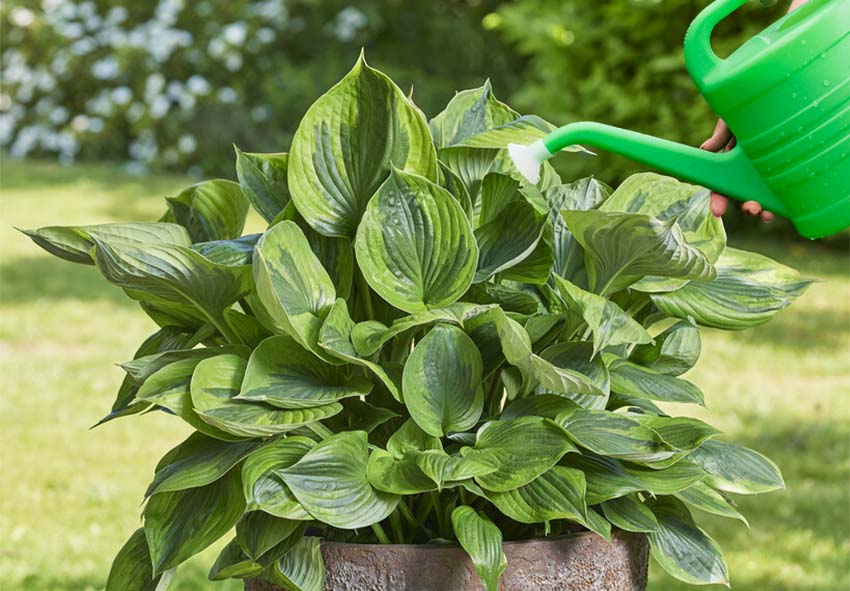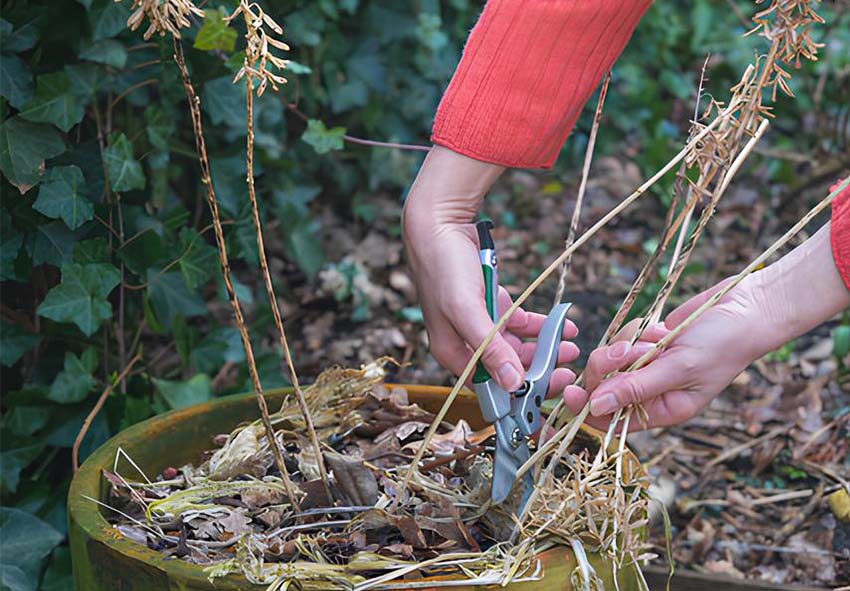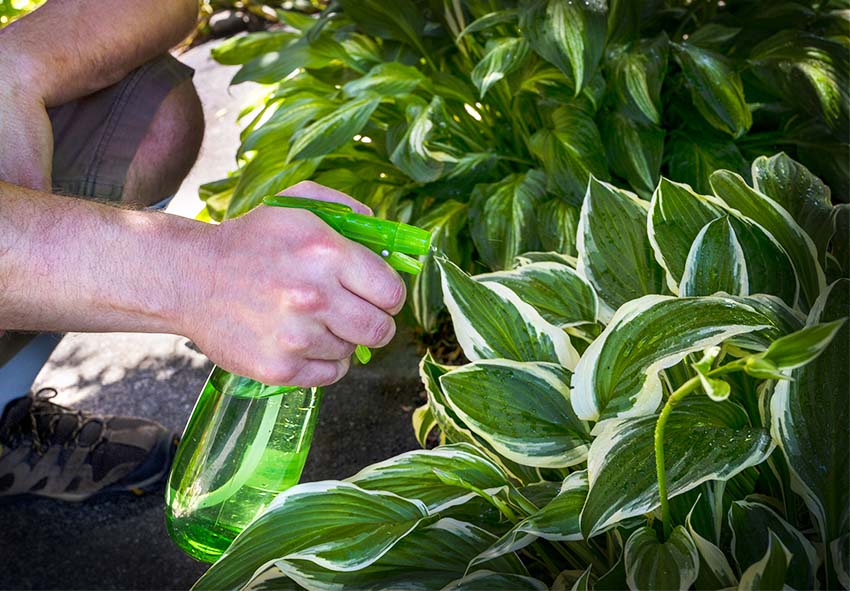Hostas, known for their lush foliage and versatility, are a favorite among gardeners. These perennial plants thrive in shaded areas and add a touch of elegance to any garden. Proper care after planting is crucial to ensure they establish well and flourish in the long term. Our gardening blog is a perfect place to find all the information you need!
Understanding Hostas
Hostas are not only popular for their aesthetic appeal but also for their low-maintenance nature. Growing hostas in your garden offers several benefits, such as their ability to thrive in shaded areas where other plants may struggle. Additionally, hostas come in a variety of sizes and colors, providing endless design possibilities.
Initial Care After Planting Hostas

The first few weeks after planting are crucial for your hostas’ long-term health and vigor. Providing the right conditions during this period ensures they establish strong roots and adapt well to their new environment. Focus on proper watering, mulching, and soil management to set the foundation for thriving plants.
Watering Your New Hostas
Newly planted hostas require consistent moisture to establish their root systems. Water them deeply and thoroughly immediately after planting. It’s best to water hostas early in the morning, allowing the foliage to dry throughout the day and reducing the risk of fungal diseases. Aim to keep the soil consistently moist but not waterlogged.
Mulching Around Hostas
Mulching is essential for newly planted hostas. Here are some tips for you:
- Types of Mulch Suitable for Hostas: Use organic options such as shredded bark, compost, and pine needles, or inorganic options like gravel or stones.
- Benefits of Mulching: Mulching helps with moisture retention in the soil and controls weeds, reducing competition for nutrients.
- How to Apply Mulch: Apply a mulch layer 2-3 inches thick, ensuring even distribution around the plants.
- Timing for Mulching: The best times to apply mulch are in early spring and late fall, with seasonal adjustments and reapplication as needed.
- Avoiding Mulch Pitfalls: Prevent mulch from touching the plant stems to avoid rot, and recognize signs of over-mulching to correct them.
- Maintenance of Mulched Areas: Periodically check and replenish mulch to ensure the layer remains effective over time.
- Eco-Friendly Mulching Practices: Use sustainable and biodegradable mulch materials, and consider composting and recycling organic waste into mulch.
Soil and Fertilization
Hostas prefer well-draining, fertile soil with a slightly acidic to neutral pH. To improve soil conditions, mix in organic matter such as compost or aged manure before planting. Newly planted hostas benefit from a balanced, slow-release fertilizer. Apply the fertilizer according to the package instructions, taking care not to over-fertilize, which can harm the plants.
Ongoing Hosta Maintenance

Maintaining your hostas involves regular care to keep them healthy and looking their best. Consistent watering, pest management, and timely pruning are essential practices that support your hostas healthy growing. With the right ongoing maintenance, your hostas will reward you with lush foliage and robust growth.
Watering Schedule
As hostas establish themselves, adjust your watering schedule to maintain consistent soil moisture:
- Weekly Watering Needs: Ensure hostas receive about 1 inch of water per week, adjusting based on rainfall and soil moisture.
- Best Time to Water: Water early in the morning to minimize evaporation and allow foliage to dry, reducing the risk of fungal diseases.
- Signs of Overwatering: Look for yellowing leaves, root rot, and poor growth, which indicate too much water.
- Signs of Underwatering: Wilting leaves, dry soil, and stunted growth suggest the need for more frequent watering.
- Soil Moisture Monitoring: Regularly check soil moisture levels to ensure consistency; use a moisture meter for accuracy.
Pest and Disease Management
Hostas are susceptible to pests like slugs and snails, which can cause significant damage to their foliage. To prevent infestations, keep the garden area clean and remove debris where pests might hide. Use organic slug pellets or create barriers with crushed eggshells or diatomaceous earth around the plants. If you notice any signs of disease, such as leaf spots or crown rot, promptly remove affected leaves and ensure proper air circulation around the plants.
Pruning and Deadheading
Pruning and deadheading hostas are essential for maintaining their health and appearance. Remove spent flowers to encourage new growth and prevent the plant from diverting energy into seed production. In late fall, after the first frost, cut back the foliage to the ground to prepare the hostas for winter dormancy. This practice helps prevent diseases and promotes vigorous growth in the spring.
Seasonal Hosta Care

Hostas require different care strategies throughout the year to cope with varying weather conditions. From protecting them during hot summers to preparing them for winter, seasonal care ensures your hostas remain healthy and beautiful year-round. Tailoring your care routine to the seasons helps optimize their performance and longevity.
- Spring Care Tips
Spring is a critical time for hostas as they emerge from dormancy. Focus on cleaning up dead foliage, checking for pests, and applying a balanced fertilizer to support new growth. Ensure soil is consistently moist as plants start to develop.
- Summer Care Tips
During the summer, protect hostas from heat and intense sunlight by providing partial shade and maintaining adequate soil moisture. Mulch helps to retain moisture and keep roots cool. Watch for signs of heat stress and adjust watering accordingly.
- Fall Preparation
In the fall, prepare hostas for the coming winter by cutting back spent foliage and applying a thick layer of mulch to insulate the roots. This helps prevent freeze-thaw cycles that can damage the plants. Reduce watering as temperatures drop.
- Winter Protection
Winter care involves ensuring hostas are well-protected from extreme cold. Keep the mulch layer intact to insulate the plants. In regions with harsh winters, consider additional protective measures like covering plants with burlap or using frost blankets. Look for more information about overwintering your plants in a full guide for hostas.
Conclusion
With proper care and attention, hostas can thrive and bring lasting beauty to your garden. By following these guidelines for initial care, ongoing maintenance, and seasonal preparation, you can enjoy the lush foliage and vibrant growth of healthy hostas year after year. Embrace the elegance and ease of hostas, and watch your garden flourish.
Frequently Asked Questions (FAQs) about Caring for Hostas After Planting
1. How often should I water my newly planted hostas?
Newly planted hostas should be watered thoroughly and kept consistently moist. Initially, water them every few days, ensuring the soil stays evenly moist but not waterlogged. As they establish, reduce watering frequency, aiming for about 1 inch of water per week.
2. What type of soil is best for growing hostas?
Hostas thrive in well-draining, rich, and slightly acidic to neutral soil. Amend your garden soil with organic matter, such as compost, to improve its structure and fertility, providing an optimal environment for hosta growth.
3. Can I order Hosta plants from your online store?
We are pleased to offer a variety of Hosta plants for sale. Our selection includes different Hosta cultivars, each with its unique foliage and characteristics. You can browse our online store Dutch-bulbs.com to explore the options, and with a few clicks, you can have Hosta plants delivered to your doorstep. We take pride in providing healthy, well-cared-for plants that will thrive in your garden.
4. When should I fertilize my hostas, and what type of fertilizer should I use?
Fertilize your hostas in early spring as they start to grow. Use a balanced, slow-release fertilizer to provide steady nutrients throughout the growing season. Avoid over-fertilizing, as it can lead to excessive foliage growth at the expense of flowers.
5. What should I do if my hosta leaves start turning yellow?
Yellowing leaves can be a sign of several issues, including overwatering, underwatering, nutrient deficiencies, or pest infestations. Check soil moisture levels and adjust watering accordingly. Ensure your hostas are receiving adequate nutrients and inspect for pests. Address any identified problems to restore your hostas’ health.
Published: 17.07.2024
